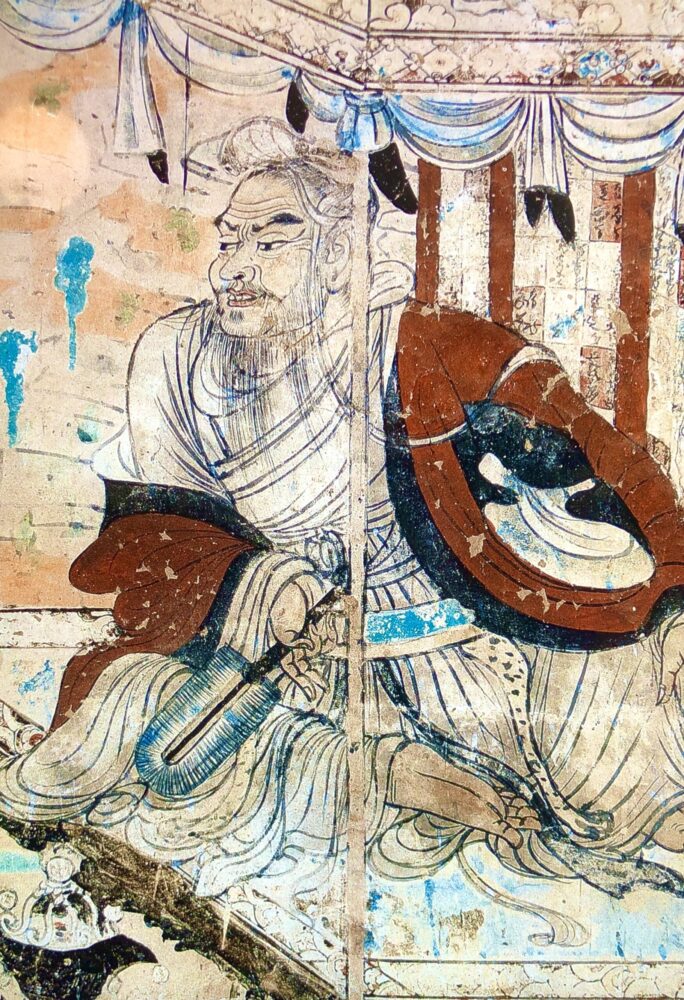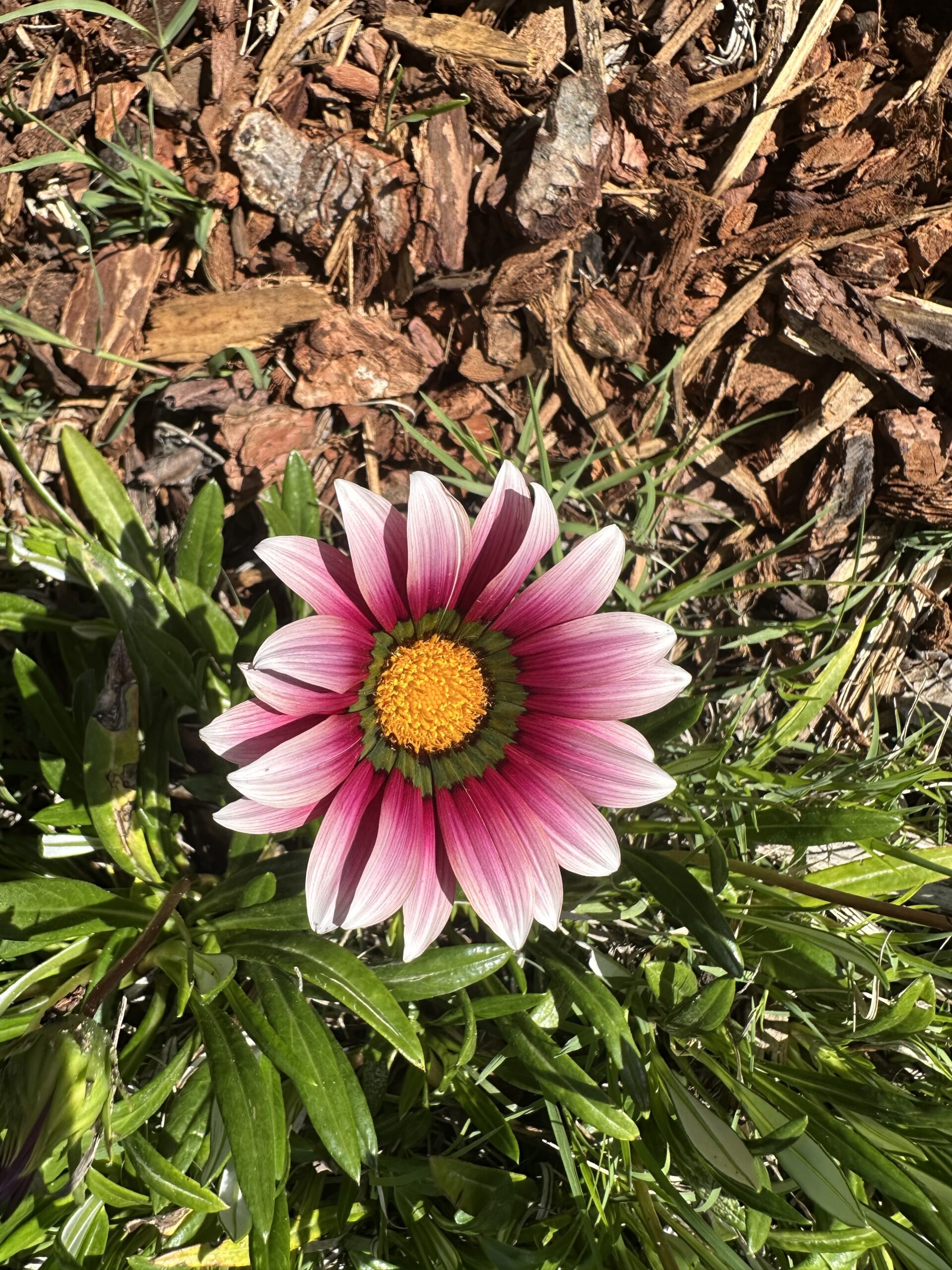
We finished our class discussion on the Vimalakirti Sutra today, August 1, with the remaining students presenting their summary of their favorite chapters. Today the students summarized chapters 9-14.
One of the side benefits from this study of such a profound text, is the realization of just how difficult it is to translate from another language, especially from another time and place. We often refer to other translations and on the surface, they may look quite different because terms in one language may have many meanings that may not be match all the meanings we have for that term in English. And this is a text that has already been translated from Sanskrit into either Tibetan or Chinese. I understand that a copy of what is thought to be an original Sanskrit version of this text was found at the Portola Palace in Tibet, but I am not aware of any translations yet directly into English. This reading of Vimalakirti also deepens my appreciation for the simplicity and clarity provided by the writings of Dorje Chang Buddha’s more recent reincarnation, H.H. Dorje Chang Buddha III. You can see the essence, tone and message is the same, but provided in much different context. We are so fortunate.
Both the Watson and the Robert Thurman translations of the text are available below as PDFs for you to download. A link to the Charles Luk translation is also provided. It is a delightful and very popular sutra and for good reason. It is short, precise, and explains important dharma. In essence, it is the story of how the wealthy layman Vimalakirti, a contemporary of Shakyamuni Buddha and an incarnation of Dorje Chang Buddha, came to India to help His student Shakyamuni Buddha teach His disciples about emptiness and the advantages of the Mahayana Path. I always loved it, but I wanted us to study it now while we were studying the teachings of the third incarnation of Dorje Chang Buddha–our own Buddha Master. I see the similarities in style and method of teaching and feel it only enhances what H.H. Dorje Chang Buddha III is telling us.
I believe that by understanding the methods and message and miracles of the Dorje Chang Buddha of 2,500 years ago and the Dorje Chang Buddha we have living with us today will help us understand the Dharma better. We listened to and discussed this sutra each Sunday afternoon at 2:00 pm. Now we will continue with our summaries of the sutra. You will need to register to join this class if you have not already done so.
Many translations of this extraordinary sutra exist in English including one done in 1997 by Burton Watson and another by Charles Luk in 1972 that are from the Chinese translation of Kumarajiva (344-413 CE). The one by Robert A. F. Thurman was published in 1976 from the Tibetan translation. There had been no known original text available in Sanskrit until quite recently, but there are other translations including another in Chinese by Hsuan Tang (602-644 CE).
CLICK for PDF of Burton Watson’s translation.
CLICK for PDF of Robert Thurman’s translation.
CLICK for post containing the Charles Luk Translation.
The above Tang Dynasty painting from the Dunhuang Caves is of Venerable Vimalakirti debating Manjushri Bodhisattva.





Add comment